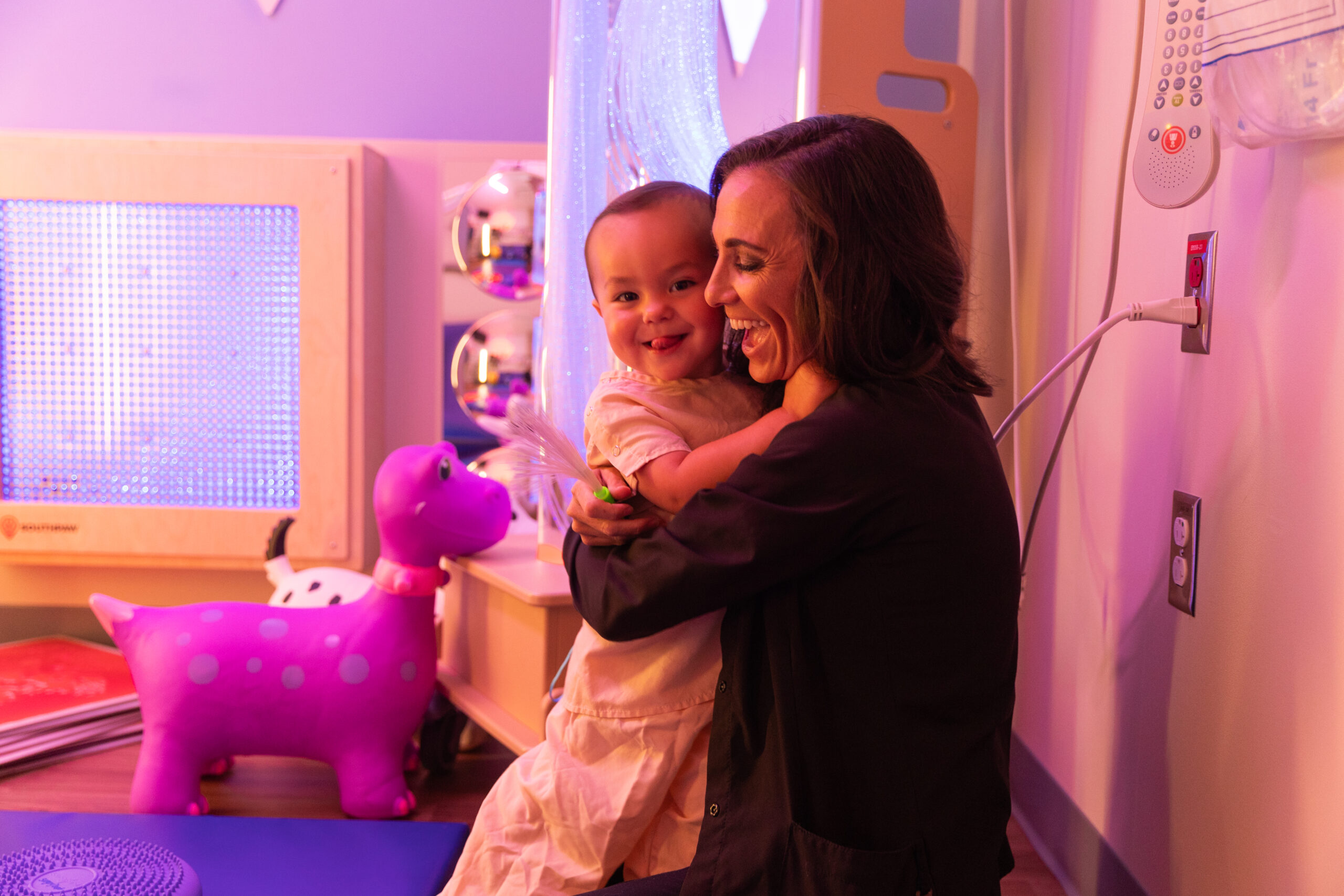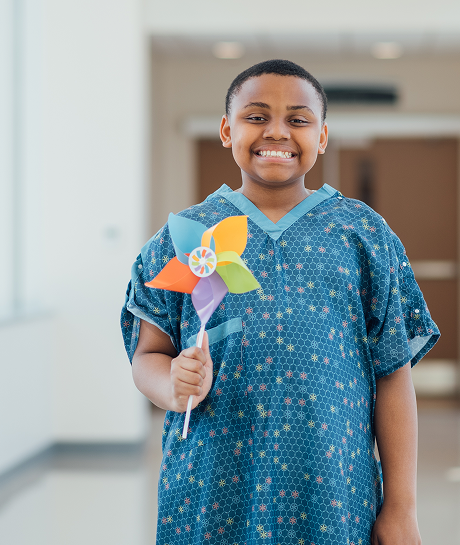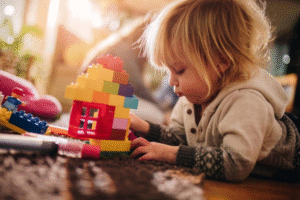neuromuscular disorders


about condition
Children with neuromuscular disorders will be treated by our pediatric experts in a variety of specialties, including neurology, pulmonology and cardiology. Below are some commonly treated conditions.
Symptoms of neuromuscular disorders
Duchenne muscular dystrophy (DMD)
DMD is a genetic disorder that causes muscles to break down and leads to weakness. It is usually diagnosed in early childhood, between the ages of 2 and 3. The disease mostly affects boys, but in rare cases can affect girls. It is the most common neuromuscular disorder of childhood. For more information, read our DMD handout or visit the Muscular Dystrophy Association or Parent Project Muscular Dystrophy.
Myotonic dystrophy
Myotonic dystrophy is a genetic disorder that affects many parts of the body. It’s sometimes called DM. There are different types of myotonic dystrophy. Symptoms and severity can vary greatly from person to person. The most common effects are muscle problems and other body functions, including the heart, lungs and gastrointestinal (GI) system. Myotonic dystrophy may also be associated with learning and behavioral issues. For more information, read our myotonic dystrophy handout or visit the Myotonic Dystrophy Foundation.
Friedreich’s ataxia (FA)
Friedreich’s ataxia (FA) is a neuromuscular disease that mainly affects the nervous system and heart. FA mostly affects the spinal cord and the peripheral nerves that connect the spinal cord to the body’s muscles and sensory organs. It also affects the cerebellum, a structure at the back of the brain that helps plan and coordinate movements. For more information, read our FA handout, or visit the Muscular Dystrophy Association or Friedreich’s Ataxia Research Alliance.
Spinal muscular atrophy (SMA)
SMA is a genetic disorder that causes muscle weakness. There are different types of SMA that are typically determined by genetics. SMA is diagnosed anywhere from prior to birth to adulthood. The most common is SMA Type 1. Type 1 is usually diagnosed during an infant’s first 6 months. SMA does not affect a person’s ability to think, learn and build relationships with others. For more information, read our SMA handout or visit cureSMA.org
related blogs
here when you need us
Whether you’re looking for the right provider, ready to make an appointment, or need care right now—we’re here to help you take the next step with confidence.

